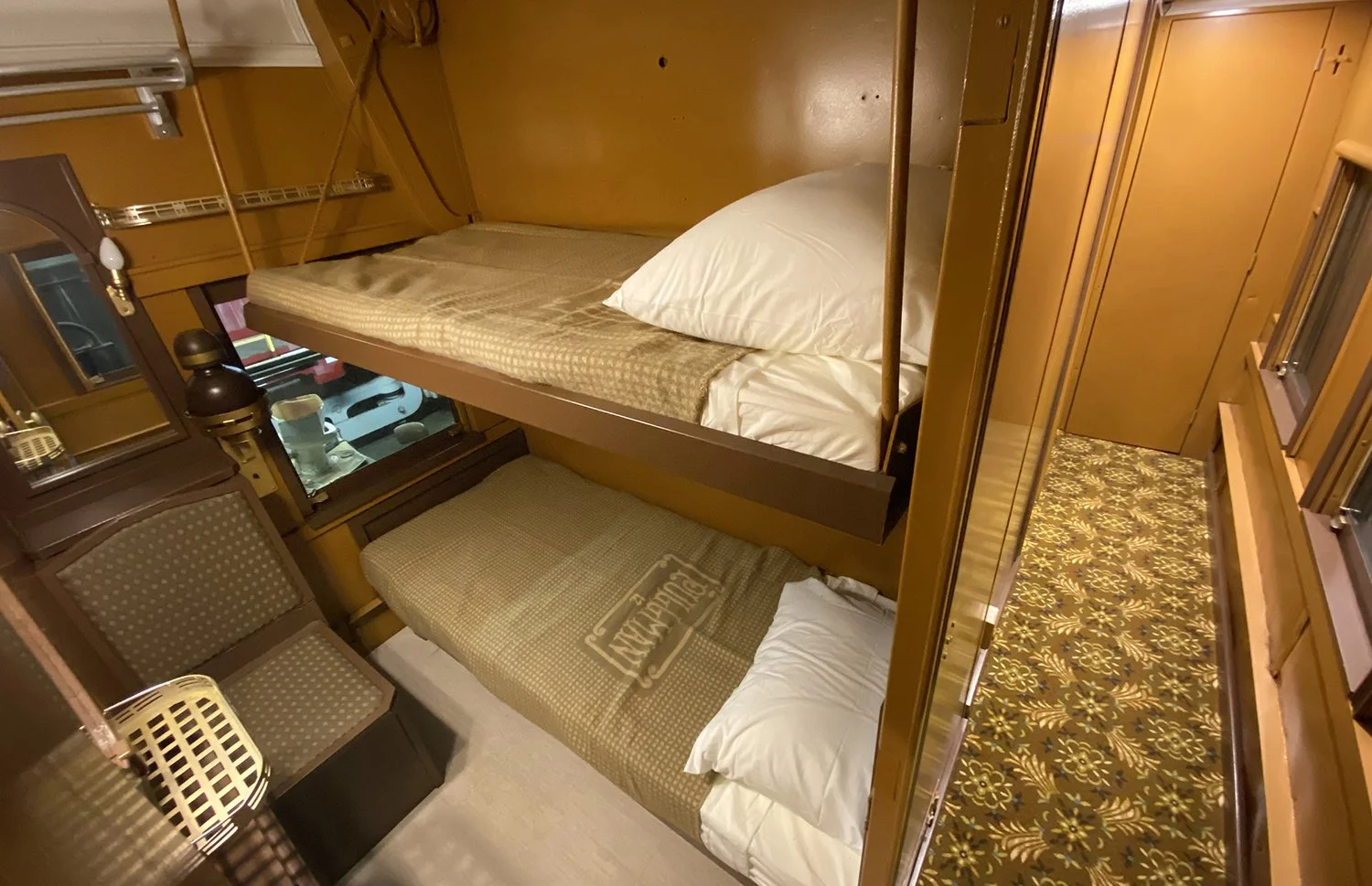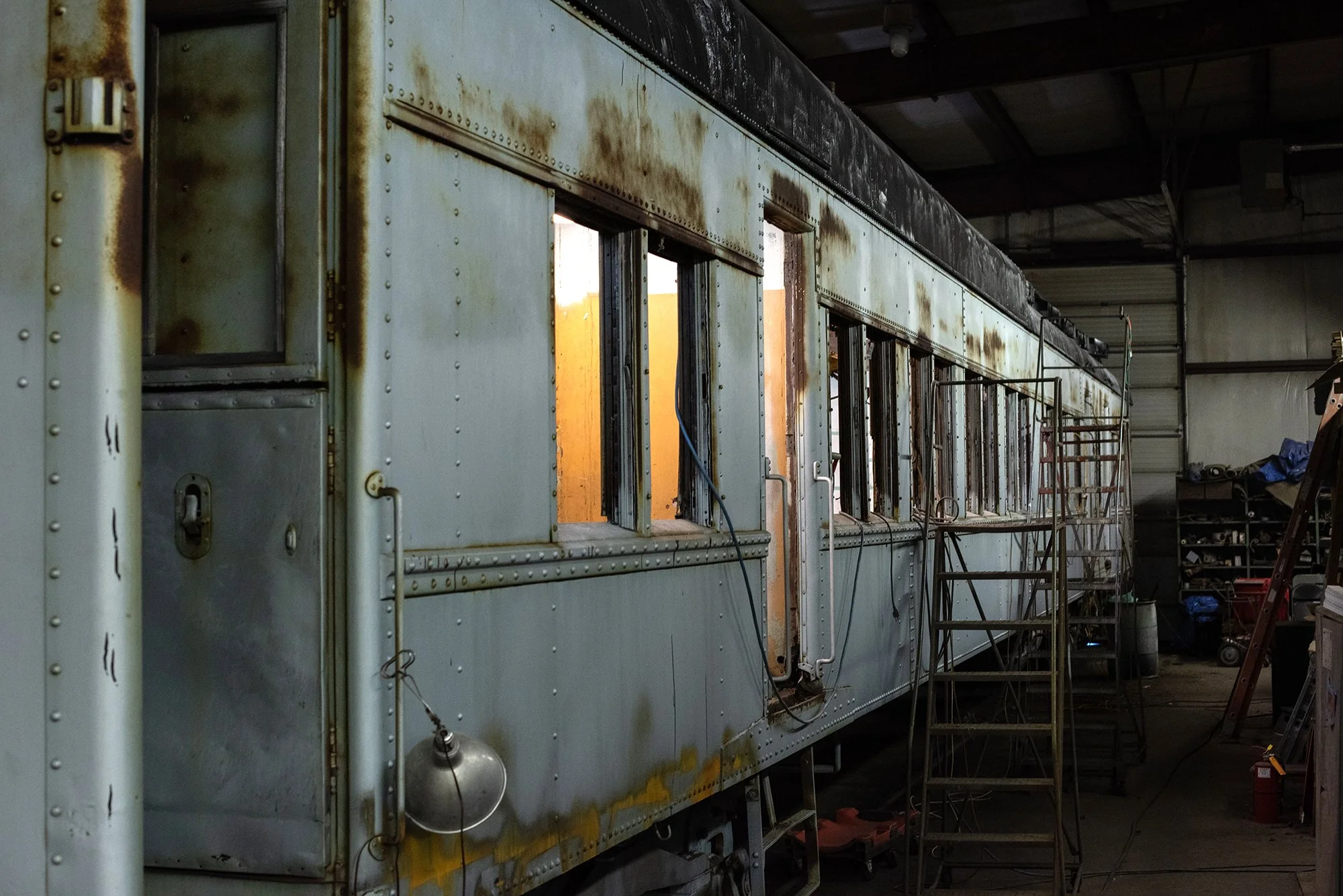Historic hospital car brought back to life
Before commercial planes and vast highway systems, it was rail that helped put Mayo Clinic on the map. Now, thanks to a years-long restoration project at the National Railroad Museum in Green Bay, Wis., you can experience first-hand what it may have been like to board a hospital car bound for Rochester during the middle part of the 20th century.
After more than two and a half years of work, the museum recently unveiled the restored Joseph Lister hospital car. Built in 1930 by the Pullman Company, the Lister transported patients and medical personnel to Rochester for more than 30 years as part of the Chicago and North Western Railroad — becoming an important part of Mayo’s early growth.
Inside the restored Lister hospital car
“To have this in the 30s, 40s, and 50s, and to be able to get that quicker connection — that was a huge deal for patients at the time. Because you were not going to drive that distance,” said Daniel Liedtke, curator of the National Railroad Museum.
To make the nine-hour ride from Chicago to Rochester as comfortable as possible for patients, the Lister car had a number of engineering features built in to reduce noise and vibration, including rubber shock absorbers between the car body and its trucks. The car also offered private rooms for sleeping and wider entrances for accommodating stretchers.
The sleeping quarters
According to the museum, as many as five ambulances would be awaiting the Lister’s arrival in Rochester, ready to take patients to Mayo. As noted railroad historian William Kratville described in his book, Steam, Steel & Limiteds, riding a train with the Lister car attached could be a solemn experience. “It was always a somber sight to walk to your sleeper, because there were many passengers heading for the Mayo Clinic for treatment,” wrote Kratville.
With the emergence of other forms of transportation, Mayo’s dependence on rail began to decrease midway through the century, and in the early 60s, CNW discontinued all rail passenger service to Rochester. Once the Lister was removed from service, the interior was gutted and turned into a bunk car for CNW rail crews. It was donated to the museum in 1988.
The Lister prior to the restoration project
“It needed a full restoration,” said Liedtke. “We basically had the wheels and the shell of the car, and most of the interior was ripped out. Everything from the benches, to the sinks we have in the restrooms, the beds — all of that had to be reproduced to put back in here.”
To bring the Lister back to life, staff and volunteers at the museum referenced more than 100 detailed blueprints and photographs. The restoration team also conducted extensive metalwork on the car, put in new wiring, and gave the exterior a fresh paint job.
The car is now on display in the museum’s Lenfestey Center, alongside the likes of the Dwight D. Eisenhower and Union Pacific #4017 “Big Boy” locomotives. Liedtke said the museum plans to eventually make the Lister — named for the famed English surgeon who is best known as the founder of antiseptic medicine — a permanent exhibit in an expanded part of the facility.
Sean Baker is a Rochester journalist and the founder of Med City Beat.
All photos courtesy the National Train Museum











